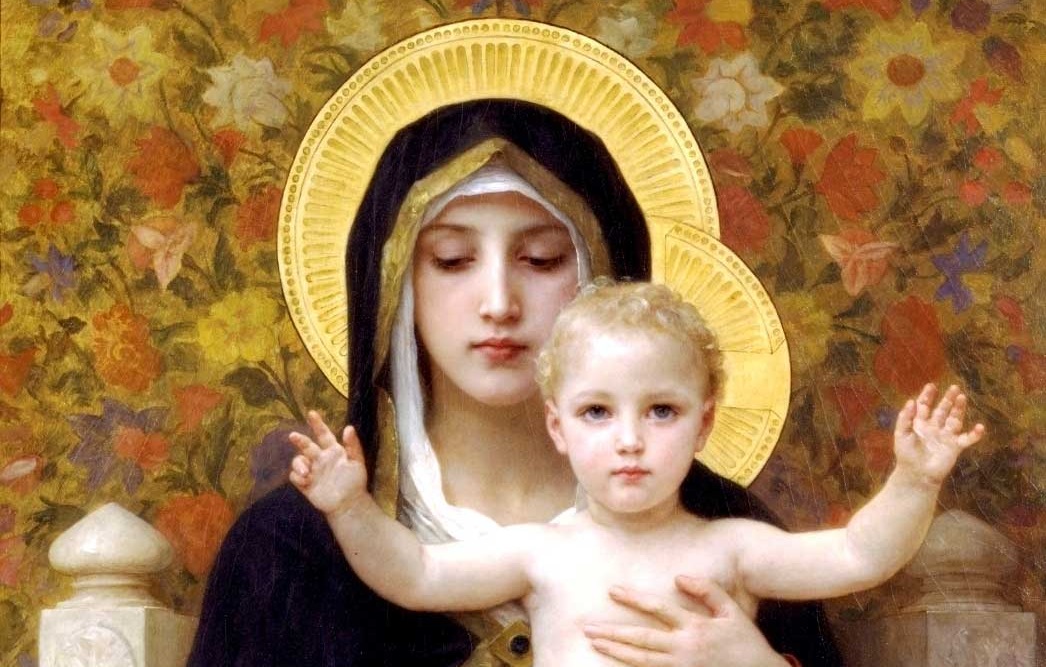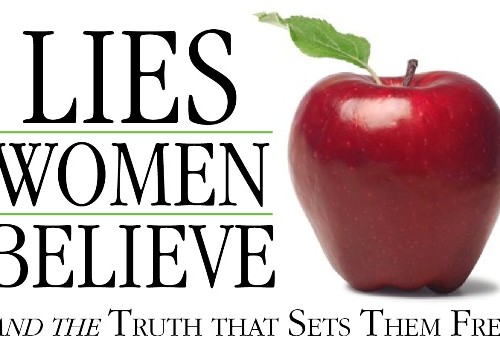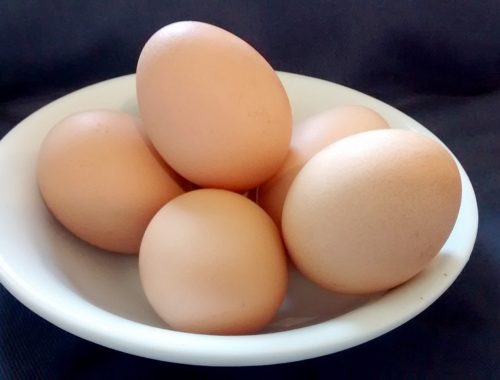I have gotten several comments and letters this week from readers who’ve indicated they would like to share my series on how I slowly changed my mind on the pro-life/pro-choice debate. I realize that sharing a series that’s six posts long can be difficult, so I’ve put links to them all in this post.
Thank you again for all the support you’ve shown me in the last couple of weeks.
Over the next few years, my views began developing. My perspective developed nuance. I accepted the confusion I felt about all these ideas as something I would struggle with; I decided I could live with the tension, the uncomfortable gray.
But, even through all of these subtle changes, I remained staunchly pro-life. I began thinking that maybe it wasn’t my place to campaign against what another woman wanted to do, but for me– well, I couldn’t budge on that. I believed that a zygote was a baby, and removing it was murder.
But then I came staggering, bewildered, into the gray place. Because, at the time, I didn’t have the word rape for what had happened to me. The only thing I knew was that the thought of having my fiancé’s baby terrified me for reasons I couldn’t explain. I could not have his baby. I could not. And I didn’t understand why. But, in those weeks, before I either miscarried (most pregnancies fail in the first few weeks) or was merely late, I came to understand that there were probably thousands of girls who were so frightened they could barely breathe or eat or sleep, and I could no longer judge them– because I was one. It took me years to understand that one of the reasons why the thought of carrying my abuser’s baby frightened me beyond reason was that he was also my rapist.
And that’s when I understood that being pro-life and advocating for the rape exception was wrong.
It bothered me that we could argue that conception was the moment of ensoulment, but that all these souls– all these billions and billions of fully human people– were dying in a matter of hours or days, and no one in the pro-life movement seemed to mind that it was happening. And it hit me: I didn’t value a zygote. I didn’t really see it as a person, with life. I believed that a zygote was a person in a rhetorical, philosophical sense– it was merely a logical place to draw the line.
And none of these verses talked about identity, or personhood, or being-ness, but about what God knows. I realized that the fact David had chosen this metaphor was significant. He chose something so deeply mystery, a miracle beyond the comprehension of ancient civilization, to talk about what God understands, but he did not. The miracle of life being created in the womb has been one of the constant images in ancient religion; it was a process held as sacred and enshrined in idols, altars . . . He didn’t understand it anymore than I did, and that was why the metaphor was so poignant, why it mattered. It was beautiful, this metaphor, because of the not-knowing; David was trusting God with what he knew he couldn’t understand.
But, as I read, something struck me. When they described the horrific plight of these women, they described these woman as surrounded by shame and ostracism– because their thighs are literally rotting away. For the women who survive, they are shunned by their families and communities because of this. It is not an image that I, as a modern American, am at all familiar with. I’m barely even aware of maternal mortality (although America’s rate is the same as Iran, Bahrain, and Hungary, and close to Saudi Arabia and Turkey)– but, it is an image that would have been common in the ancient middle East– and in 1611 England, when the translators chose the phrase “thigh to rot” for yarak naphal.
In August, I finally came to terms with the concept of potential life, and that is when it finally, finally hit me: through most of my thoughts, my explorations, my research, I was almost exclusively focused on whether or not the zygote, the conceptus, and ultimately the fetus had fully endowed, inalienable human rights . . . and I realized that what I’d been reading from pro-choice women was absolutely, undeniably right in my own life– pro-life beliefs view women almost entirely as a vessel instead of as a person.




